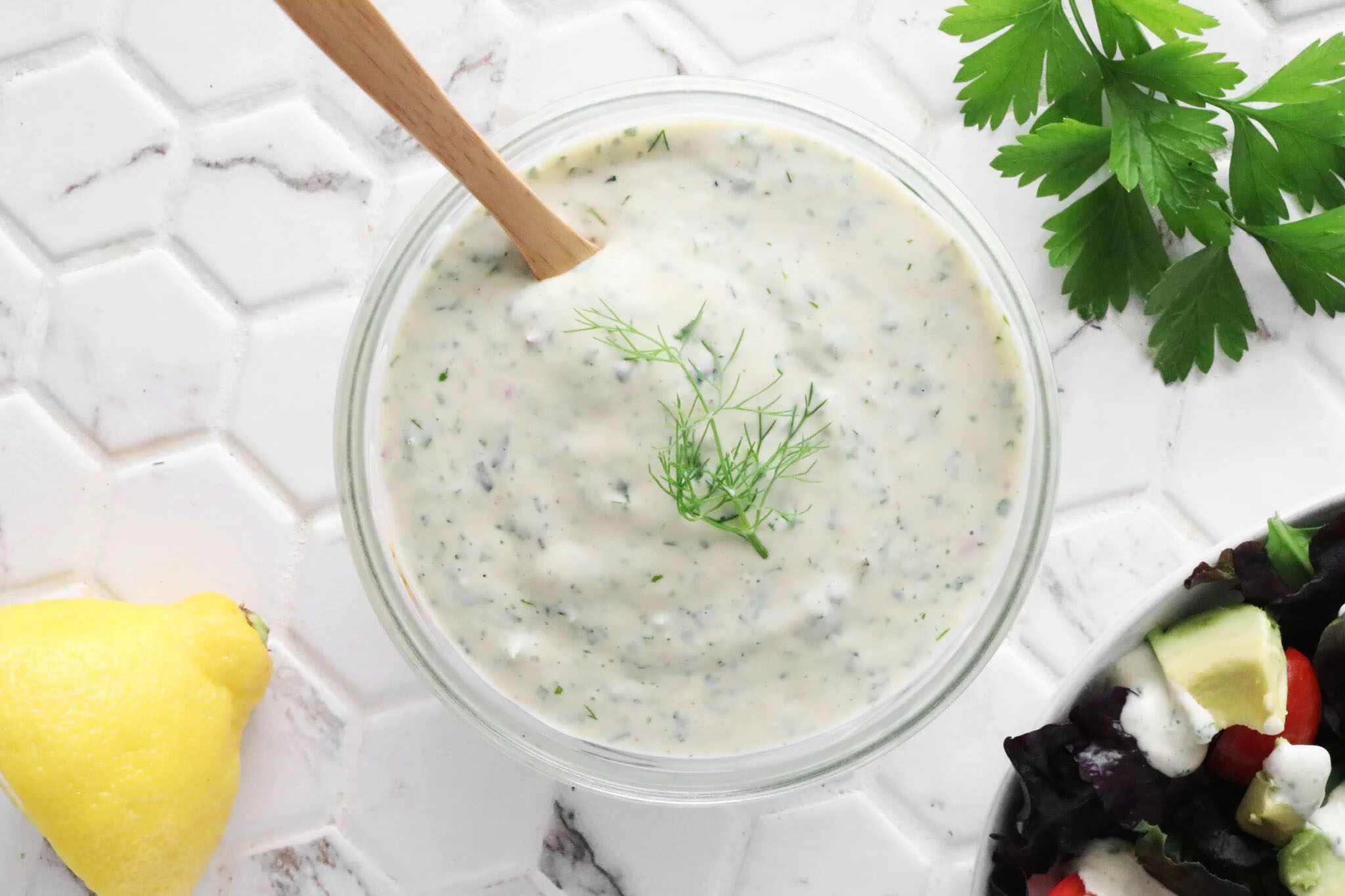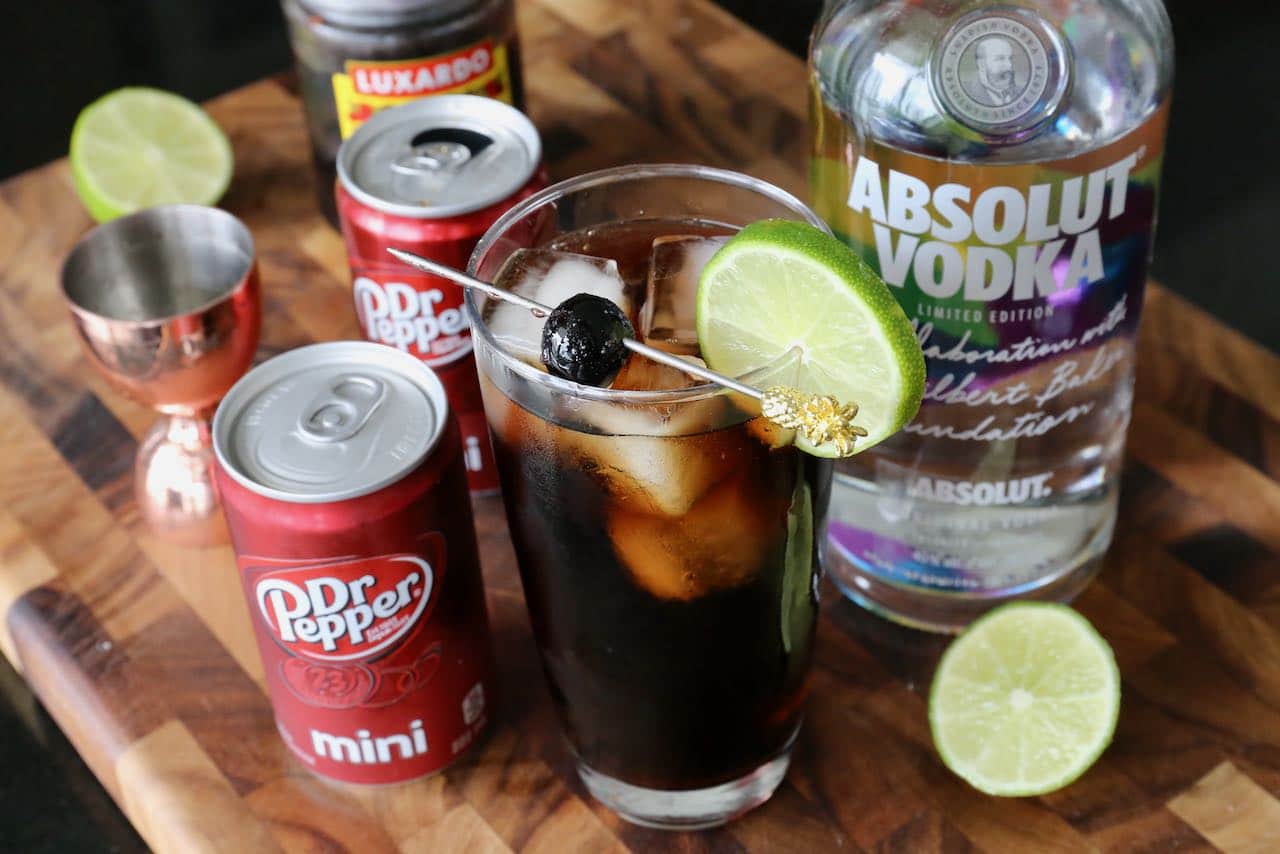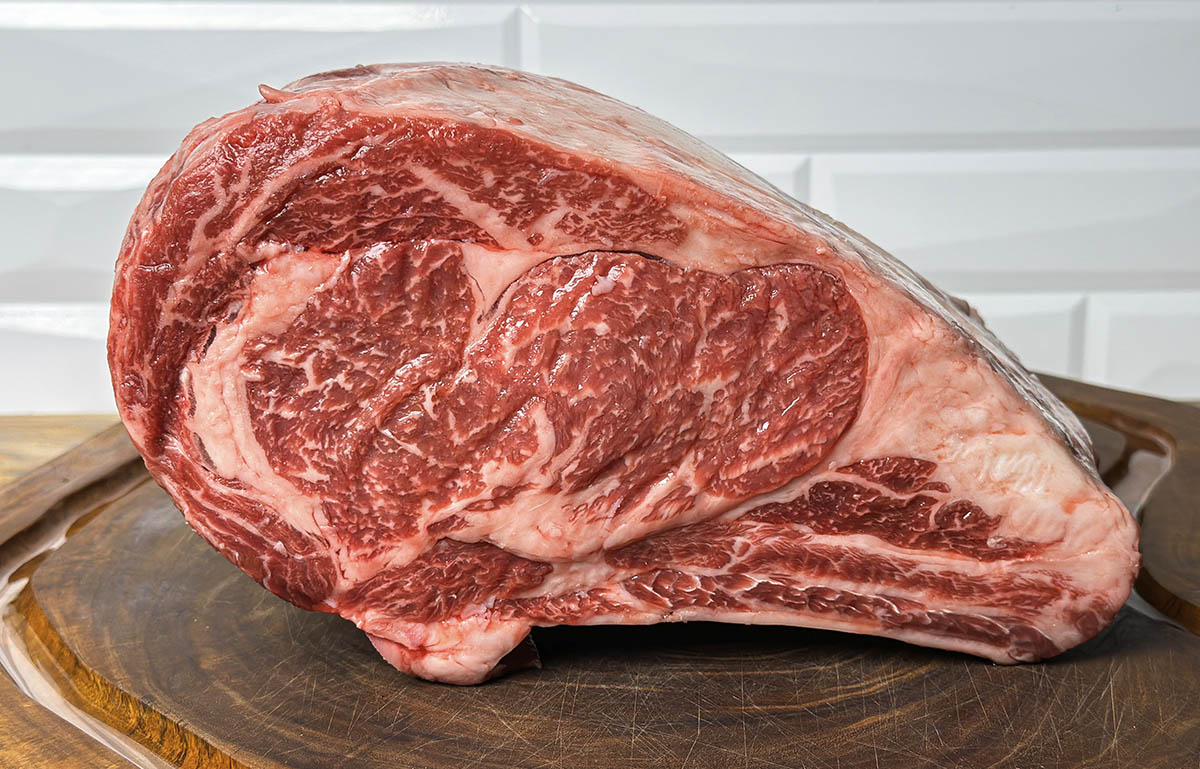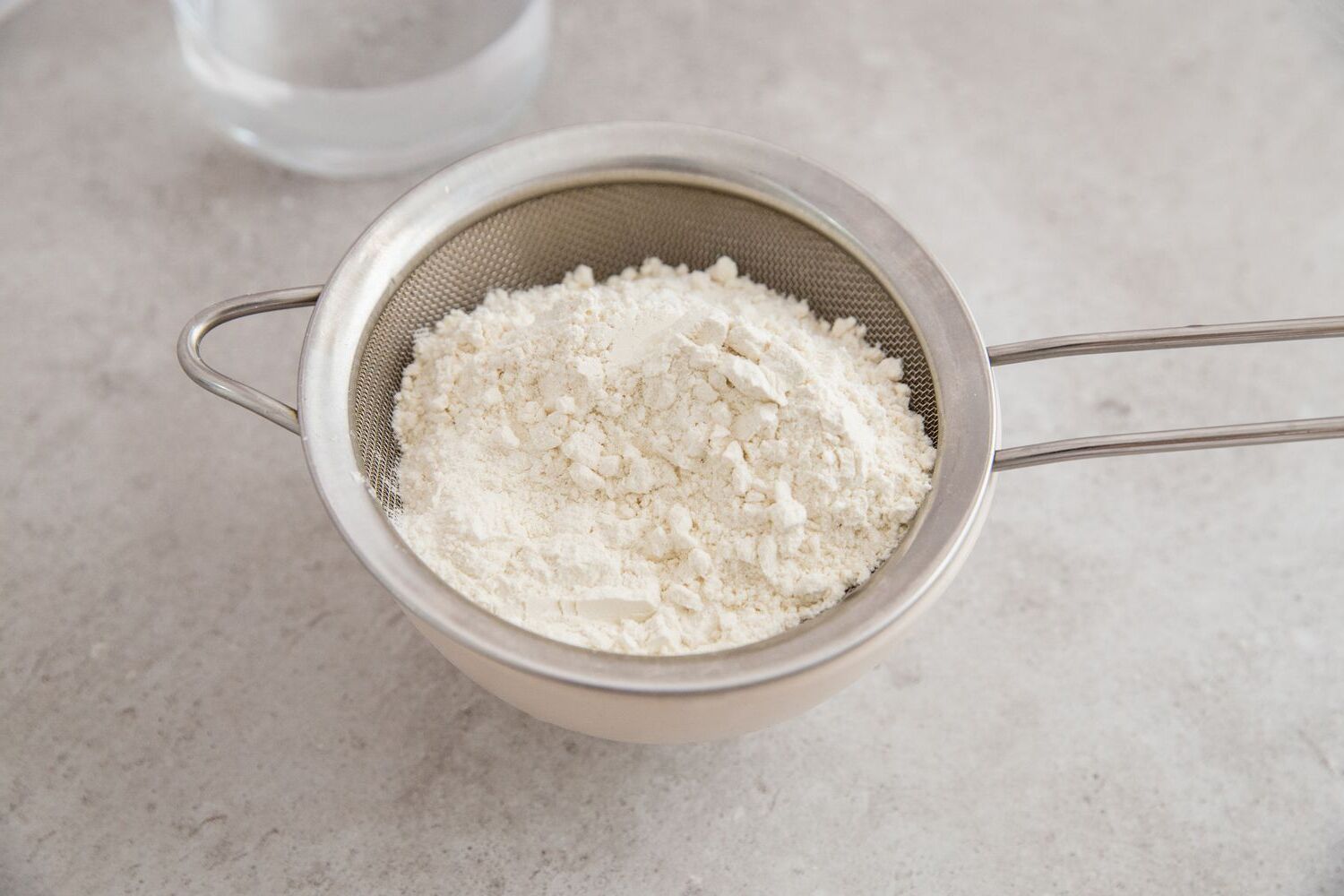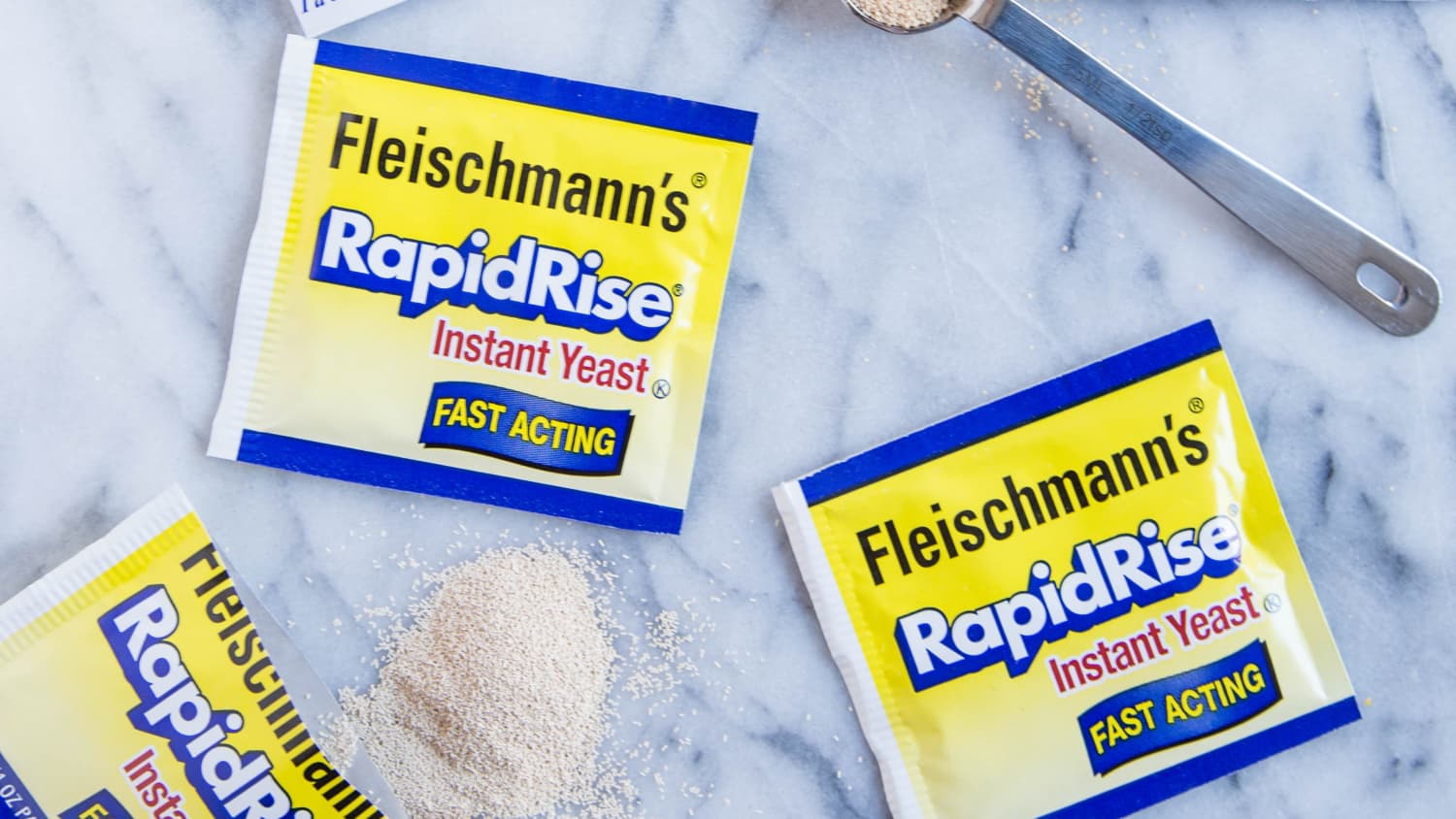Understanding Prepared Food
Prepared food is a convenient and time-saving option for many people who lead busy lives. It refers to any food that has been processed, cooked, or assembled for quick consumption. This can include a wide range of items, from pre-packaged meals and frozen dinners to deli sandwiches and salads.
Types of Prepared Food
There are several categories of prepared food, each offering its own benefits and considerations:
- Pre-packaged Meals: These are complete meals that are pre-cooked and packaged for quick and easy heating. They are often found in the frozen food section of grocery stores and come in a variety of cuisines and flavors.
- Deli Items: Delis offer a selection of prepared foods such as sandwiches, salads, and hot entrees. These items are typically made fresh daily and can be a convenient option for a quick lunch or dinner.
- Ready-to-Eat Snacks: This category includes items like pre-cut fruits and vegetables, cheese and cracker packs, and yogurt cups. These snacks are convenient for on-the-go consumption and can be a healthier alternative to traditional fast food.
- Meal Kits: Meal kit services provide pre-portioned ingredients and recipes for customers to prepare their own meals at home. While not fully prepared, these kits offer a convenient way to cook without the hassle of grocery shopping.
Benefits of Prepared Food
Prepared food offers several advantages for individuals and families:
- Convenience: One of the primary benefits of prepared food is the convenience it offers. With ready-to-eat or easy-to-prepare options, busy individuals can save time in the kitchen.
- Variety: Prepared food comes in a wide range of options, allowing consumers to enjoy diverse cuisines and flavors without the need for extensive cooking skills.
- Portion Control: Many pre-packaged meals and snacks come in portion-controlled sizes, making it easier for individuals to manage their calorie intake and avoid overeating.
- Reduced Food Waste: With pre-portioned ingredients and pre-cooked meals, there is often less food waste associated with prepared food, as only the necessary amount is used.
Considerations for Prepared Food
While prepared food offers convenience, there are some considerations to keep in mind:
- Nutritional Content: Some prepared foods may be high in sodium, preservatives, or unhealthy fats. It’s important to read labels and choose options that align with your dietary needs and preferences.
- Cost: In some cases, prepared food can be more expensive than cooking meals from scratch. It’s important to consider the cost implications when relying heavily on prepared food.
- Environmental Impact: Packaging and transportation of prepared food can have environmental implications. Choosing sustainable options and minimizing packaging waste can help mitigate these effects.
Conclusion
Prepared food offers a convenient solution for individuals and families seeking quick and easy meal options. With a wide variety of choices available, it’s important to balance the convenience of prepared food with considerations for nutrition, cost, and environmental impact. By making informed choices, consumers can enjoy the benefits of prepared food while maintaining a healthy and sustainable approach to eating.

